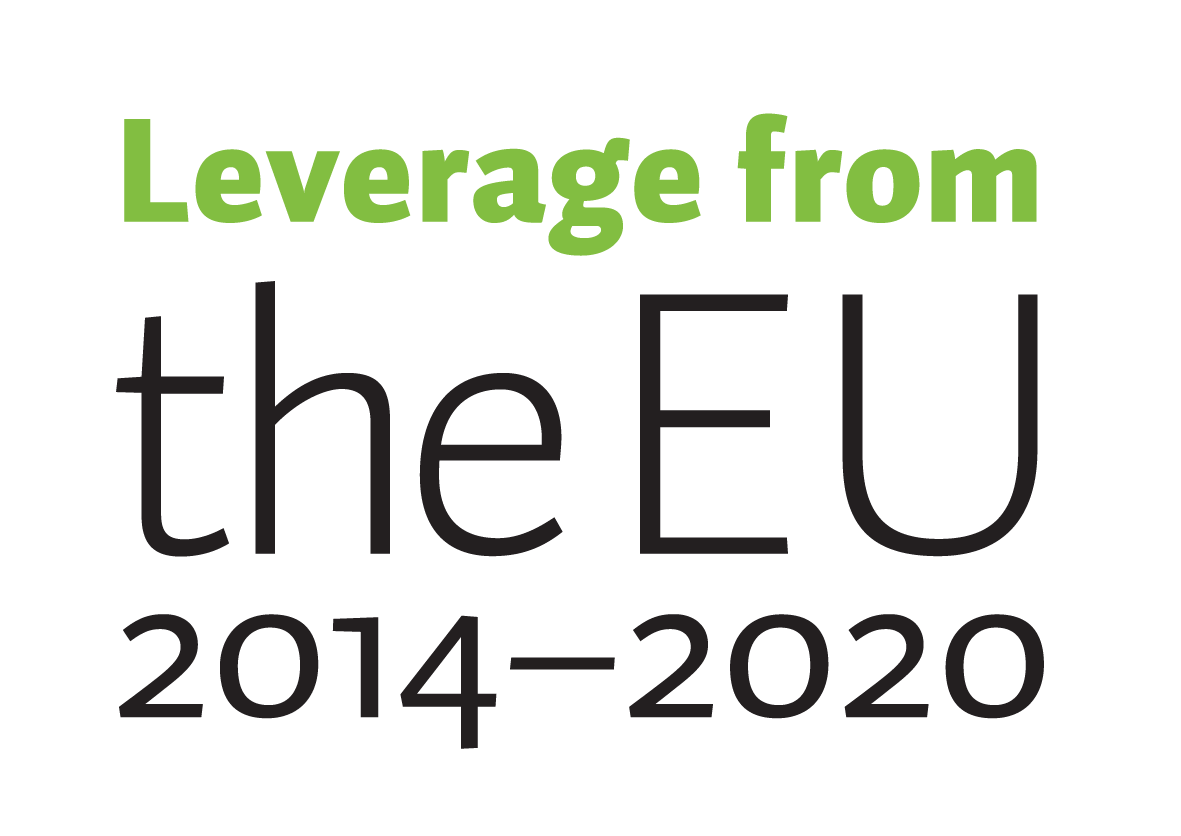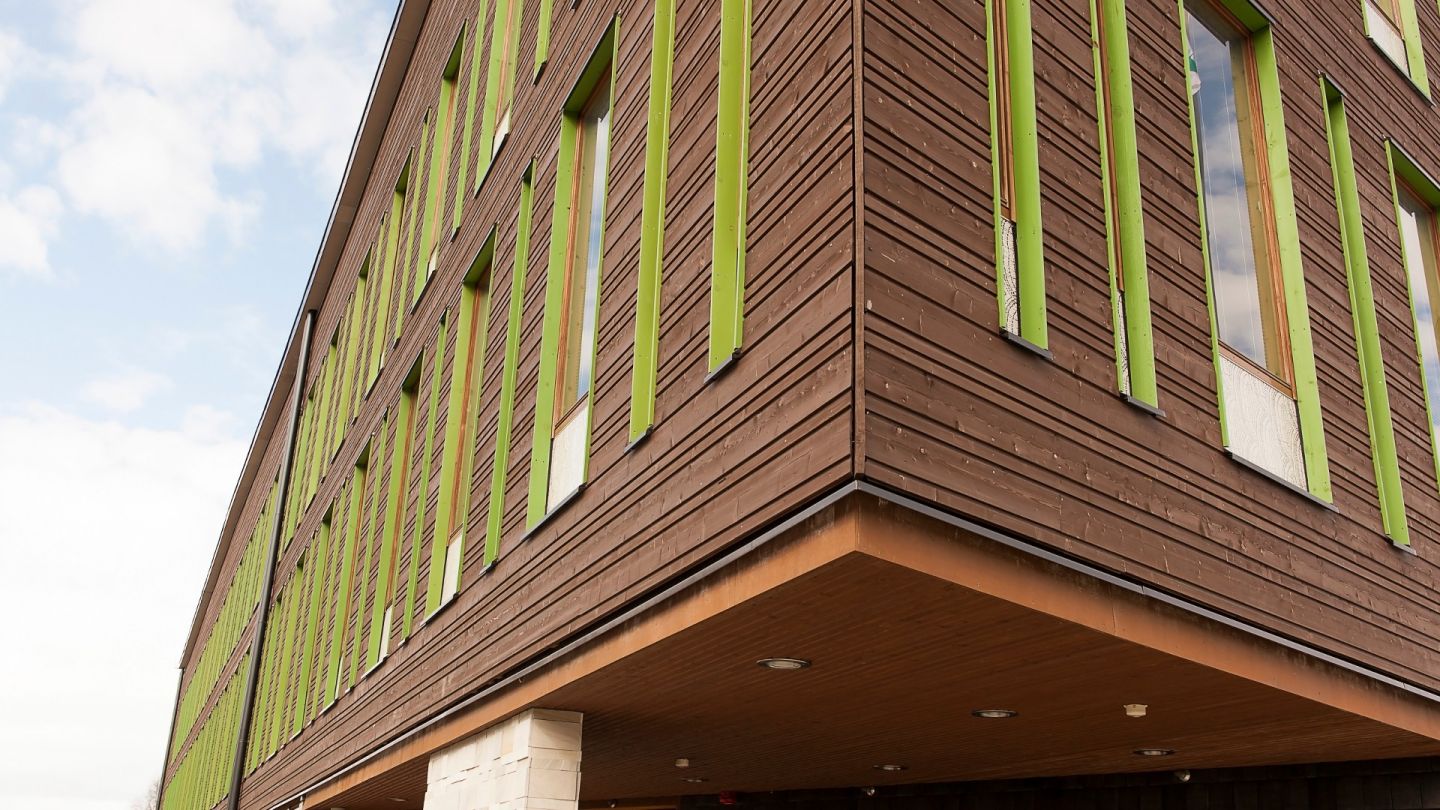Bioeconomy in Lapland Fosters New, Cross-sector Business
- In a biobased economy, renewable resources are used in diverse ways to produce food, energy, products and services. Natural resources are used and recycled efficiently.
- The borderlines between sectors become blurred. A biobased economy is a combination of wood processing, chemistry, energy, construction, technology and clean food.
- Bioeconomic processes generate new products, such as medicines, textiles, packaging, foodstuffs and building materials. All of this combined with advanced technical expertise and industrial skills could make Lapland one of the leading regions in the bioeconomy in Finland.
- The bioeconomy is not a new industry. It is a combination of several fields of primary production and processing, as well as markets for finished products. The shift from a fossil-based to a biobased economy is a new wave in economic development.
More from less
By 2030, the world will need 50 per cent more food, 45 per cent more energy and 30 per cent more water. A biobased economy is a sustainable way to meet the growing demands with the help of renewable resources. The most important renewable resources in Finland are the biomass in forests, the soil, fields and water systems, and fresh water.
The Finnish bioeconomy relies heavily on wood processing, and Lapland has an important cluster of paper and cardboard producers. Their combined turnover is EUR 1.1 billion, which is six per cent of the total turnover from similar products in Finland. The share of bioeconomy goods in Finnish exports is a little more than 30 per cent, with excellent prospects for growth. New raw materials and the utilization of industrial effluents will open new business opportunities for Lapland in the near future.
The Finnish Bioeconomy Strategy sets the turnover target from bioeconomic business at EUR 100 billion by 2025. At the moment, the turnover is EUR 60 billion. If the sector keeps growing at the current rate, the number of new jobs will be 100,000. The bioeconomy already employs nearly 300,000 people, with 40 per cent working in the field of agriculture and forestry.
Immediate need for new trademarks and strong brands
The bioeconomy will not become the new foundation of the national economy by itself. If we want to create new business, we must cross the boundaries between sectors. We also need strong venture capital, bold experimentation, and investment in marketing. Lapland has rich natural resources, but in the future, the region must focus on growing its value added. New products and brands are needed direly.
Lapland is an Arctic region, and its rich, clean raw materials still have a lot of untapped potential. The primary objective for Lapland is to find sustainable ways to process its natural resources. This requires new ways of thinking and investments in expertise and education.
Recommended actions
- The bioeconomy competence base must be strengthened by renewing education and developing cross-disciplinary research
- Venture capital and financial advice for companies
- Investments in new products and marketing in Finland and globally
- Pilot projects and independent, regional operating models
- User-centered experiments that seek to create immaterial added value and foster ecologically sustainable business
- Own communication, marketing and influence plan for the bioeconomy in Lapland
You can also load briefing paper (pdf) which tells about the bioeconomy of Lapland.
Published 9/2017



